The kit ships with the board only, which has the 5V buck converter installed and configured. It takes 12v in, and everything is well labeled. The Arduino, 3.5" Nextion touchscreen, and temp/humidity sensors are all purchased separately. What I got was a very well designed and assembled board, and the code to run on the Arduino and the touchscreen software as well, which is a good deal in my opinion. I have no affiliation with JKTech, but it is currently on sale for €35 or about $41 plus reasonable shipping.
By default, due to the current limitations of the onboard 5v supply (which can be bypassed), there are limitations on the number of 5v LED's that can be safely run without over driving the 5v converter. The number of LED's is also dependent on the current drawn by fans controlled by the board as well, since everything connected to the 5v converter needs to stay under the current limit for the buck converter. I don't recall the exact number of LEDs that can be used, but I feel it's enough. What you see in the pics is, I think the default number of LED's (if more are needed, they can be added by editing one line in the arduino code which is very simple).
When I initially set the board and display up, I found that I had to shorten the length of the cable between them to a couple inches or there would be problems with the serial communication between them (the trimmed down stock wire harness can be seen in the above pic, which was connected to a Cat5E cable for testing). However I discussed with JKTech and was advised that the latest firmware has some changes to help with this, and now there should be no need to shorten the stock cable that ships with the display (which again is bought separately from the controller board). I don't recall which version of the code that I used, so will need to check that I got the latest installed.
I'm going to extend the display away from the controller by 1.5 to 2 meters however, so I tested with about 1 meter of stranded twisted pair Cat5E cable to extend the display, and I found it works perfectly. I'm sure it will be fine with longer lengths since serial communication can go I think 30 feet at least with a proper cable (I think). Edit 9/22/2021 - I tested with a 4m cable and it also worked fine. I may try paralleling some of the extra wires in the cat5e cable to help with power, so it looks very promising (Edit 9/22/2021 - this was not necessary for my setup, it works fine with just one pair for power).
The Nextion 3.5" Screen enclosure is posted here:
https://www.thingiverse.com/thing:4970457
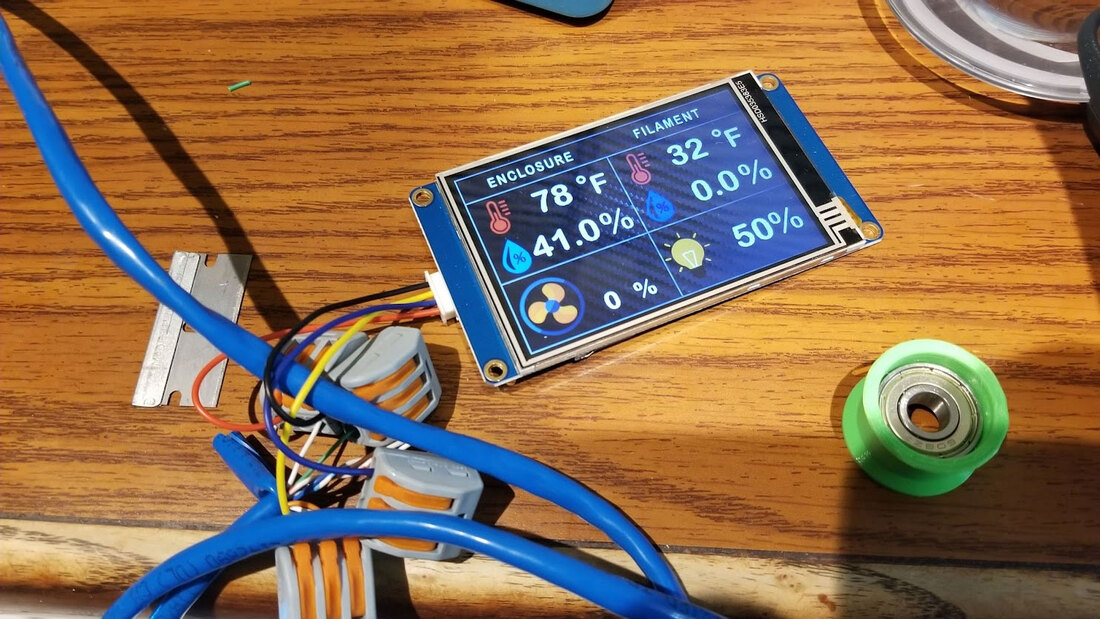
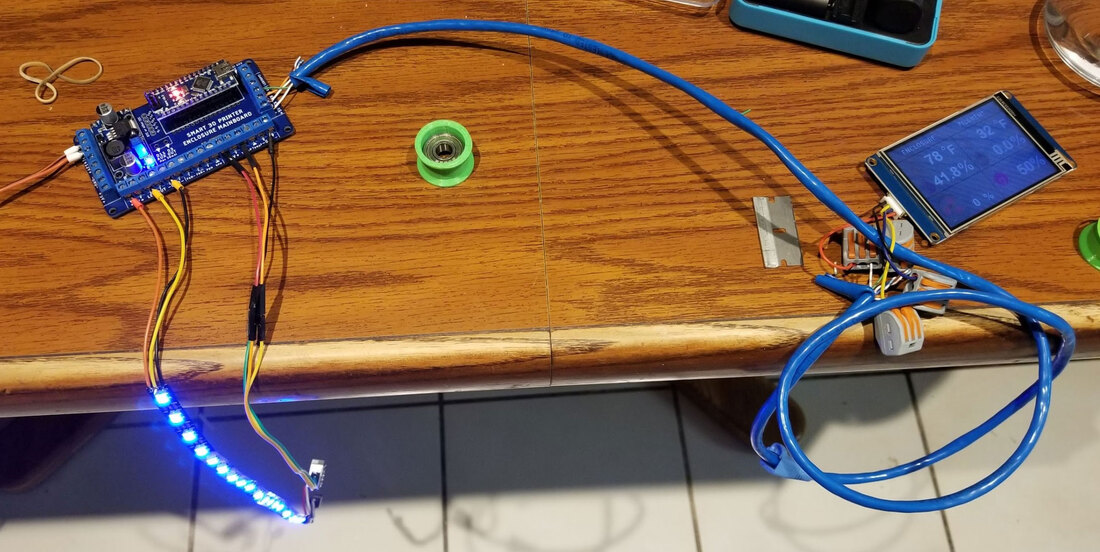
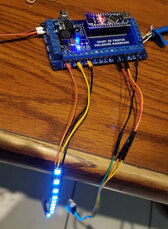
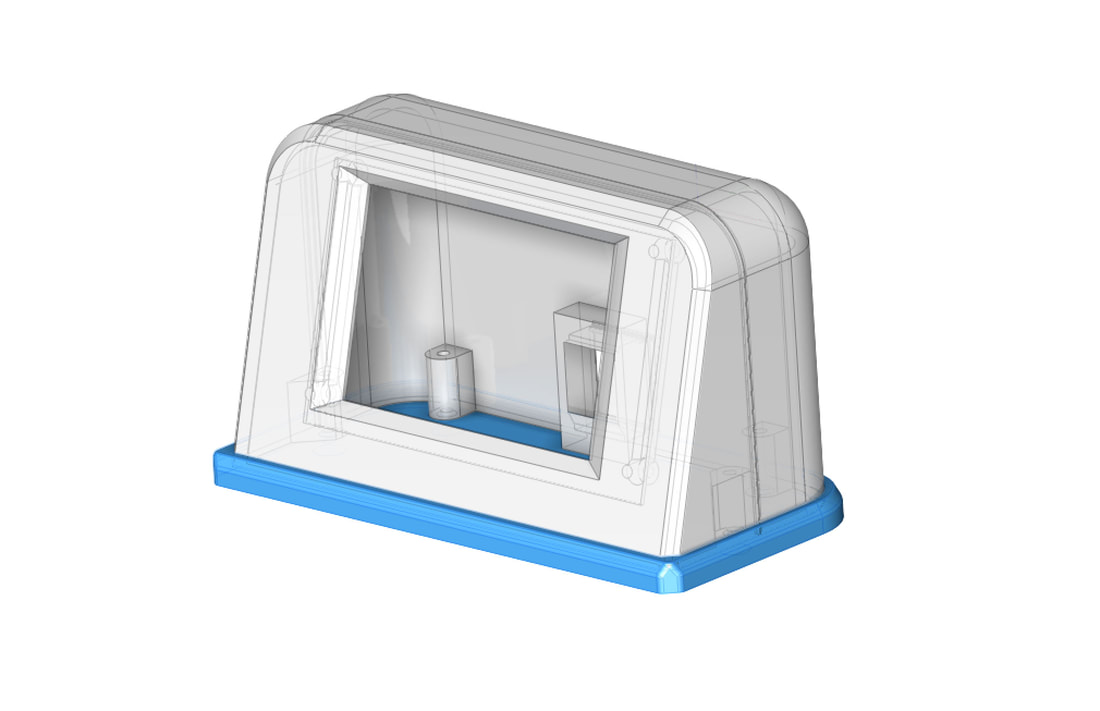
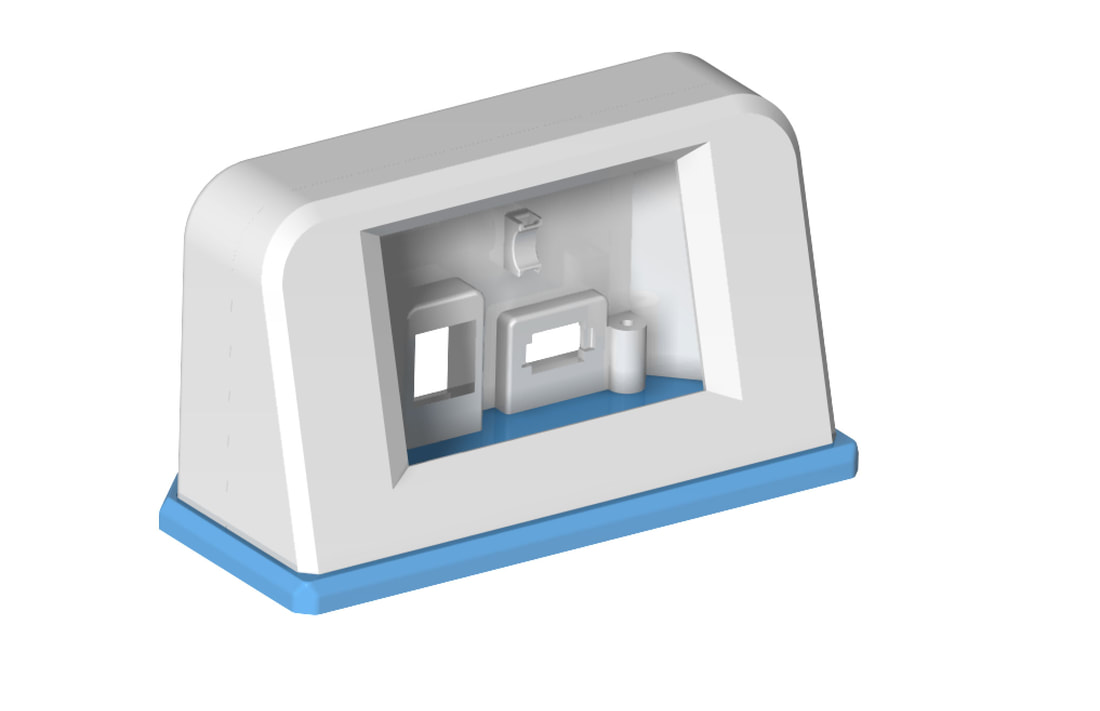
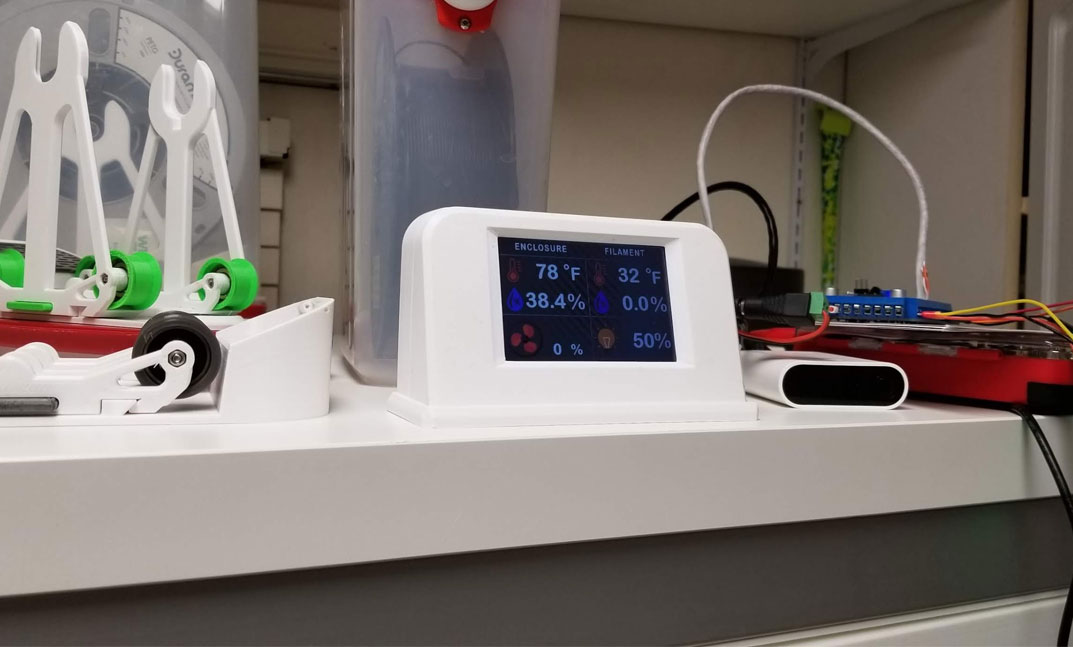
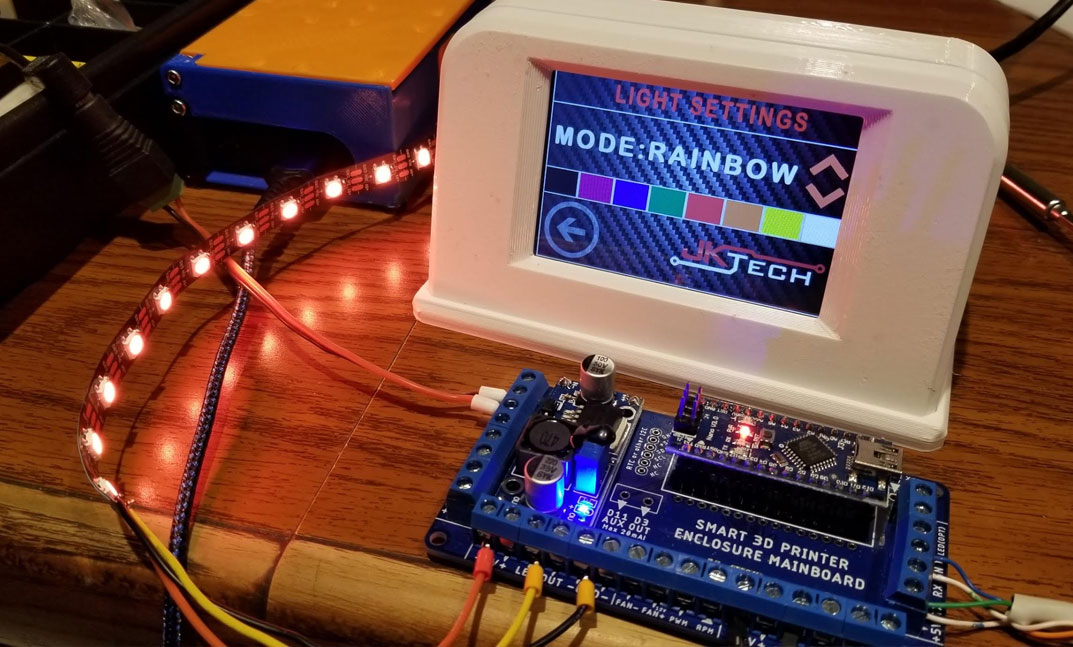
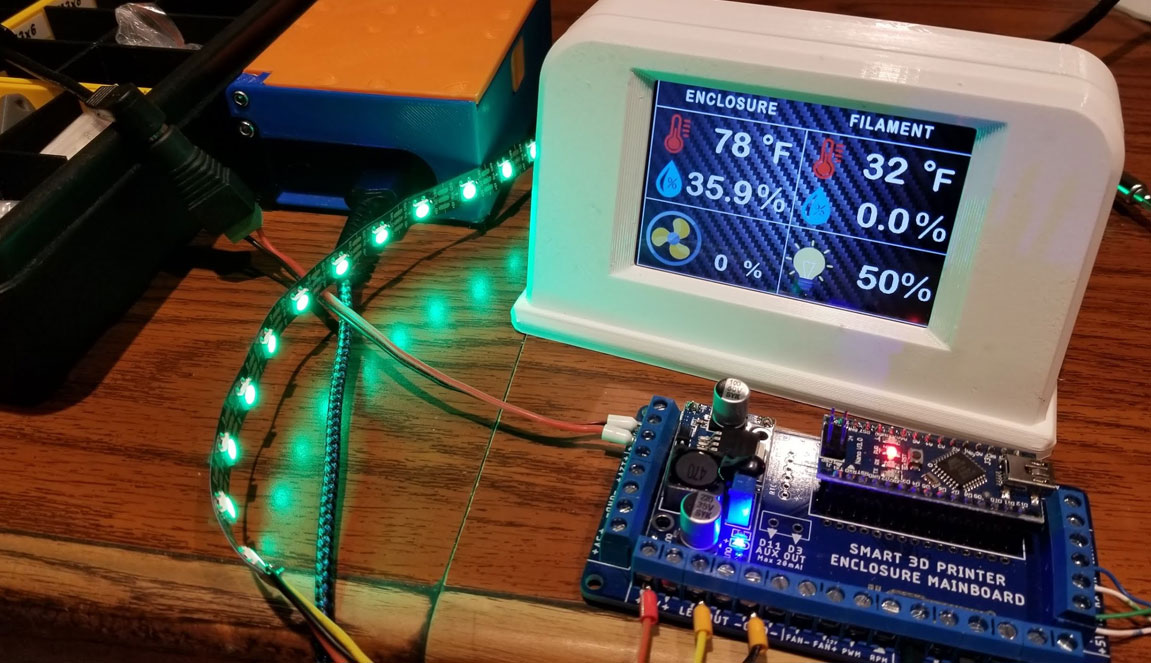
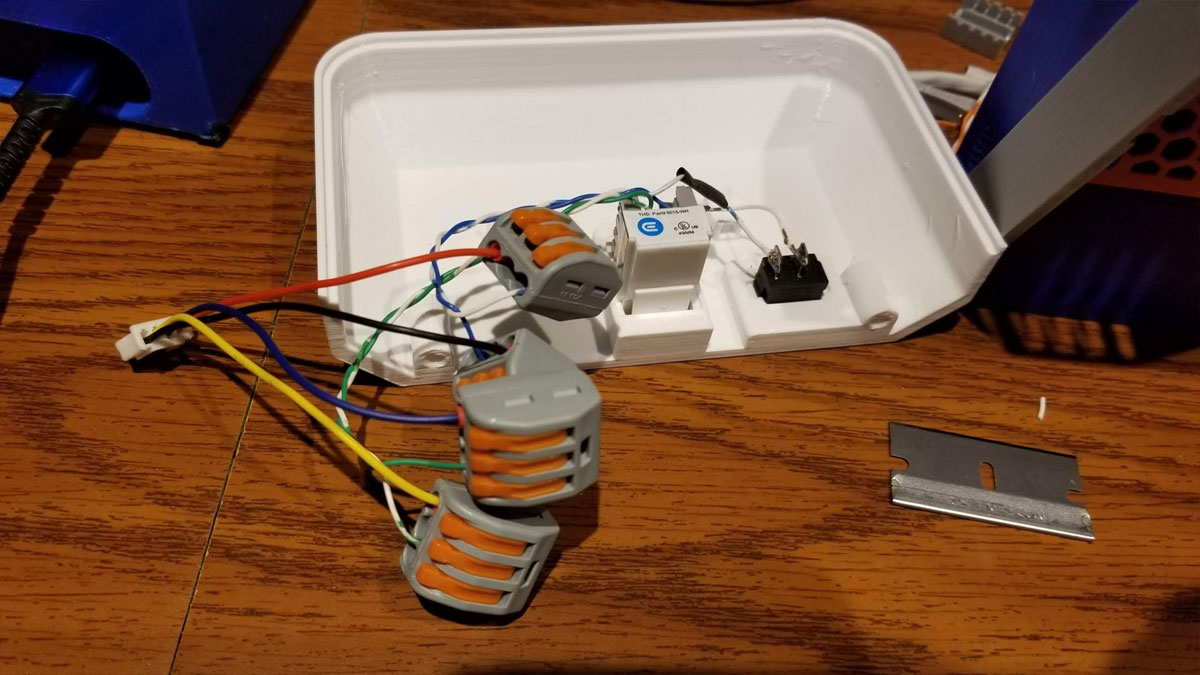
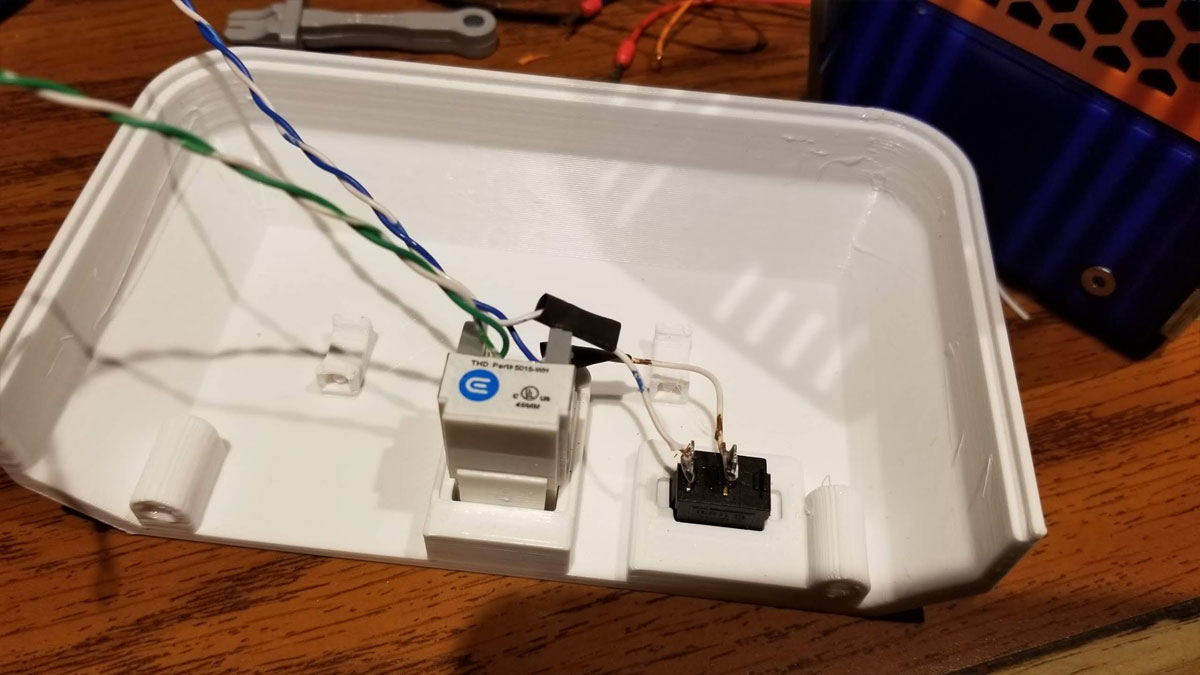
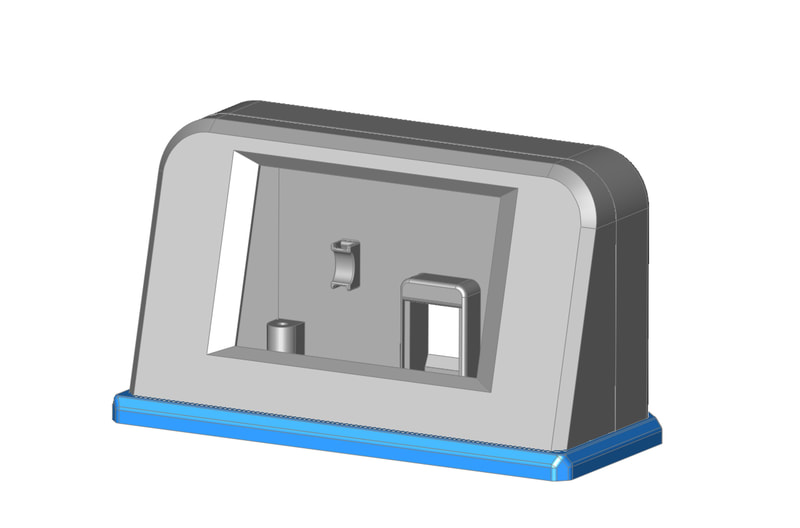
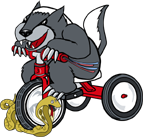

 RSS Feed
RSS Feed
